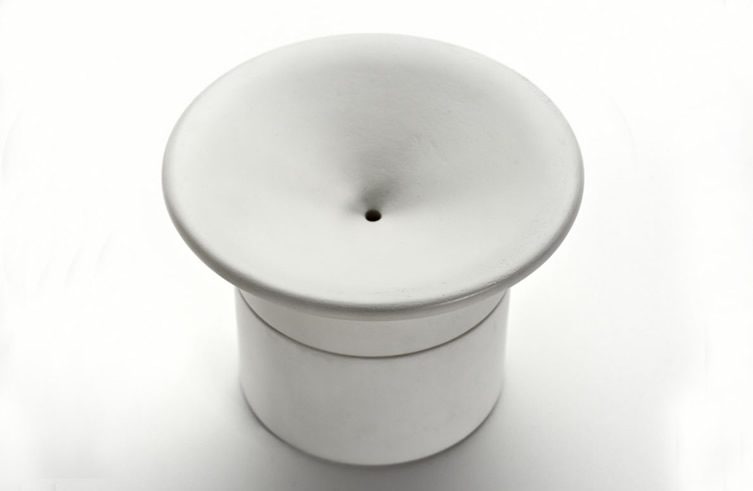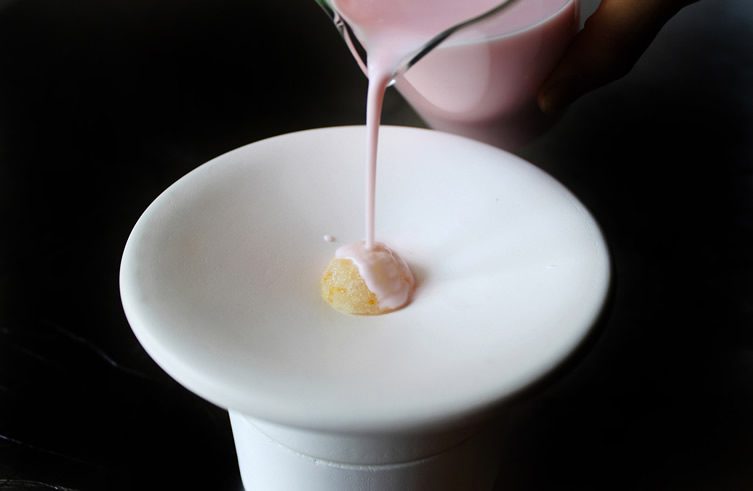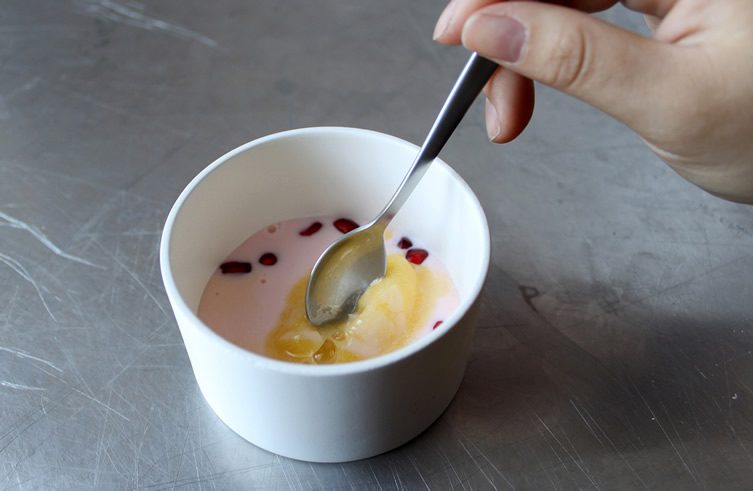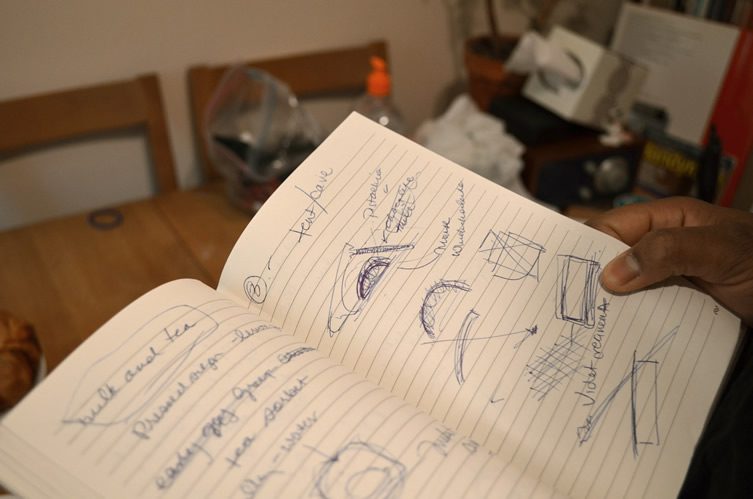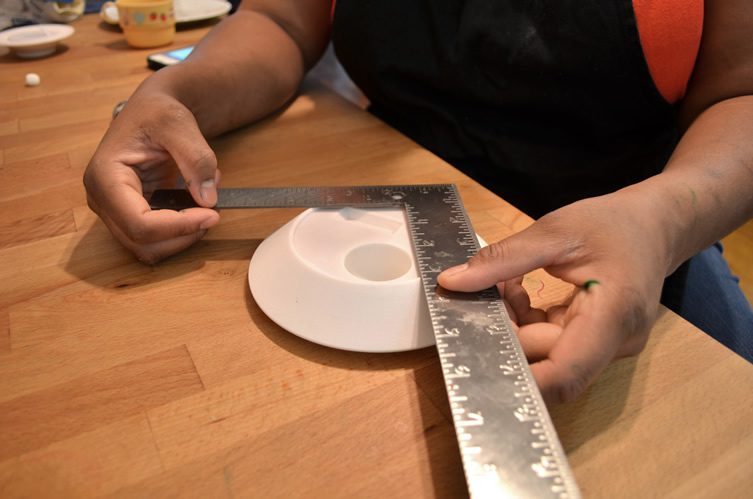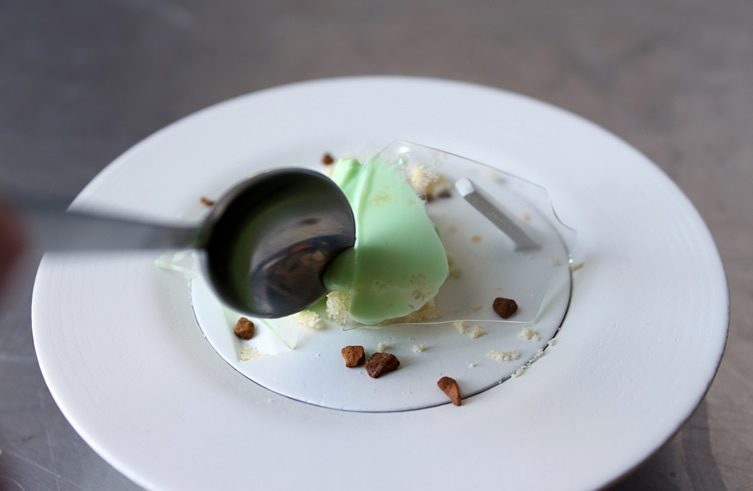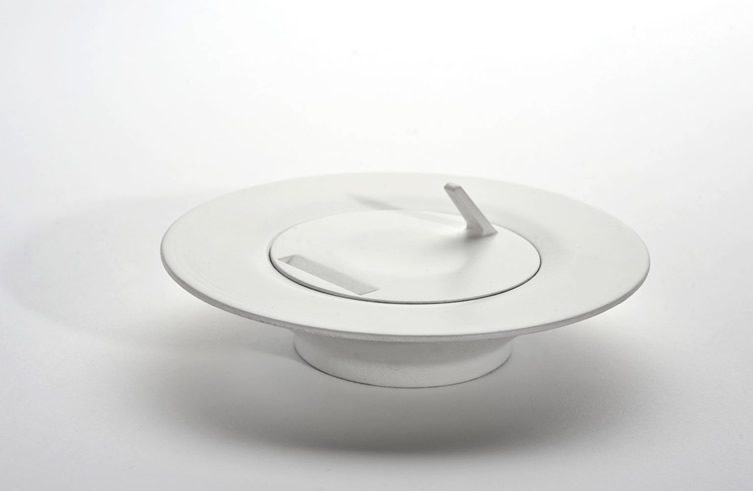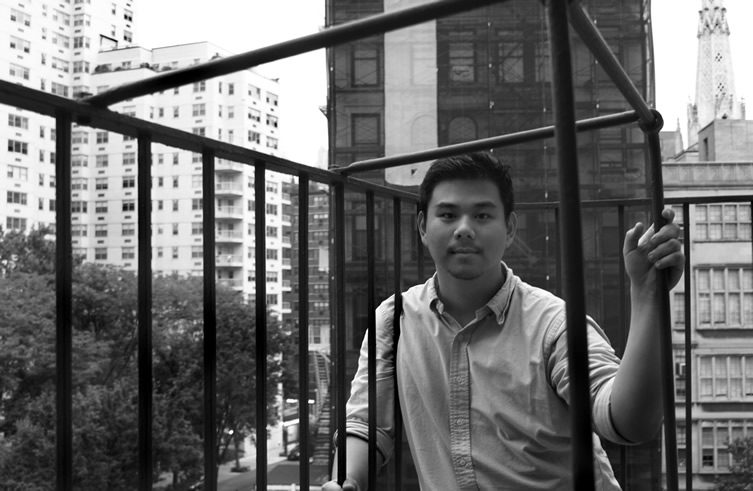Ever since Heston Blumenthal got his hands on his first canister of liquid nitrogen, restaurants have had to raise their game. Eating out is no longer just about taste or sating hunger; it’s a ‘culinary experience’ for all the senses. With all this innovation in food, the tableware it’s served on has been somewhat left behind – but not any longer…
Inspired by fast-changing, seasonal restaurant menus, Henry Richmond V. Young wanted to create something for food to be served on that was equally dynamic. His Ad Tempus tableware range is a beautiful example of co-operation between disciplines. He worked closely with a top chef to create a new set of ‘dishes’ that become part of the meal – they have to be broken through or melted to reveal the deserts inside.
Young says: “The reason the restaurant industry has so much appeal for me is because of sheer ingenuity and innovation – it is very inspiring. Also, I have an affinity for the temporary, the ephemeral: seasonal fruits, perfumes, expiry dates… there’s something about urgency and change. Ad Tempus came from a long-held dream to work with a chef to create not only a menu per se, but an experience. I was most interested in the tension where design and food meet.”
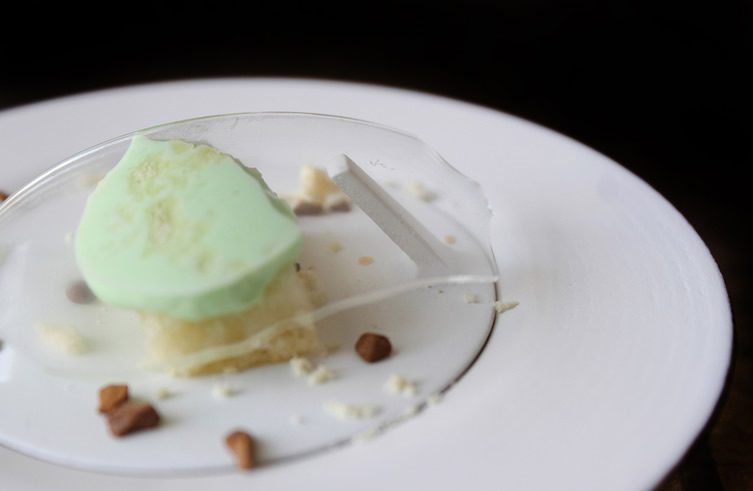
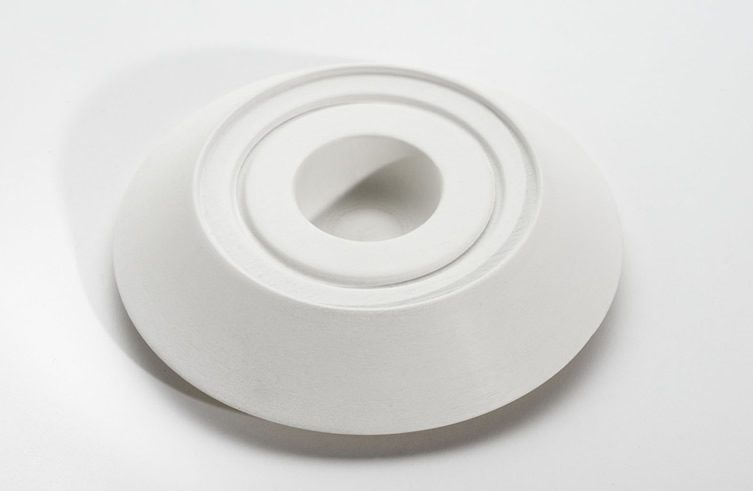
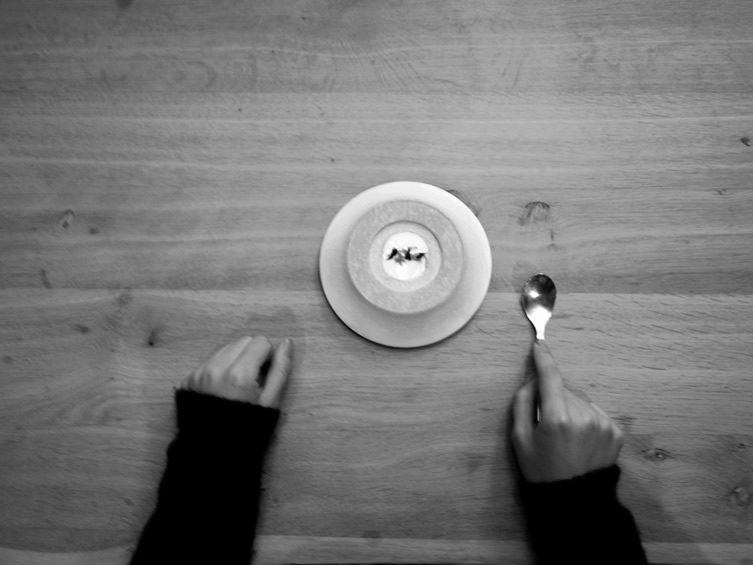
Having consulted every type of food outlet from seasonal ice cream shops to Michelin-starred restaurants Henry met Chef Veronica Duboise and collaborated with her on the development of Ad Tempus. “The project was a real conversation between food and design. Two heads are better than one, especially when they have very different skills. My intention with the dishes was to show action and interaction with whatever was placed in them. Veronica gave me food to work with. I gave her plating to go with it. Or vice versa. We would argue, pushing and questioning each other’s ideas: “Why this ingredient?” “Can we use chocolate here?” “Oh, I was imagining this to be a really light dessert not so creamy.” Every time I pitched an idea she would either say yes or find a solution. Chefs are so well trained to adapt their work to fit standard plates – I believe there’s a real opportunity for design to push the boundaries.”
The New York-based designer used 3D printing to create both the edible and non-edible parts of his dishes. “3D printing simply amazed me and I saw great potential for its capabilities – not only because of its speed and accuracy for prototyping, but because of what else it’s capable of – the switching of material: ceramic, gold, glass, sugar… the quick alterations, the material efficiency,” he says. “There is a stigma that my generation of designers are lazy because of this new technology. There are things like ‘the artist’s hand’ and inherent values that are lost in 3D printing, but I think the advantages outweigh them.”
“This project could only have been executed with the collaboration between the two disciplines. No doubt, this collaborative spirit has been done and is present in the industry – but we’re redefining the term “custom design” which is easily mistaken for ultra luxe and specific. My work with Veronica is specific but adaptable and evolving.”
***
